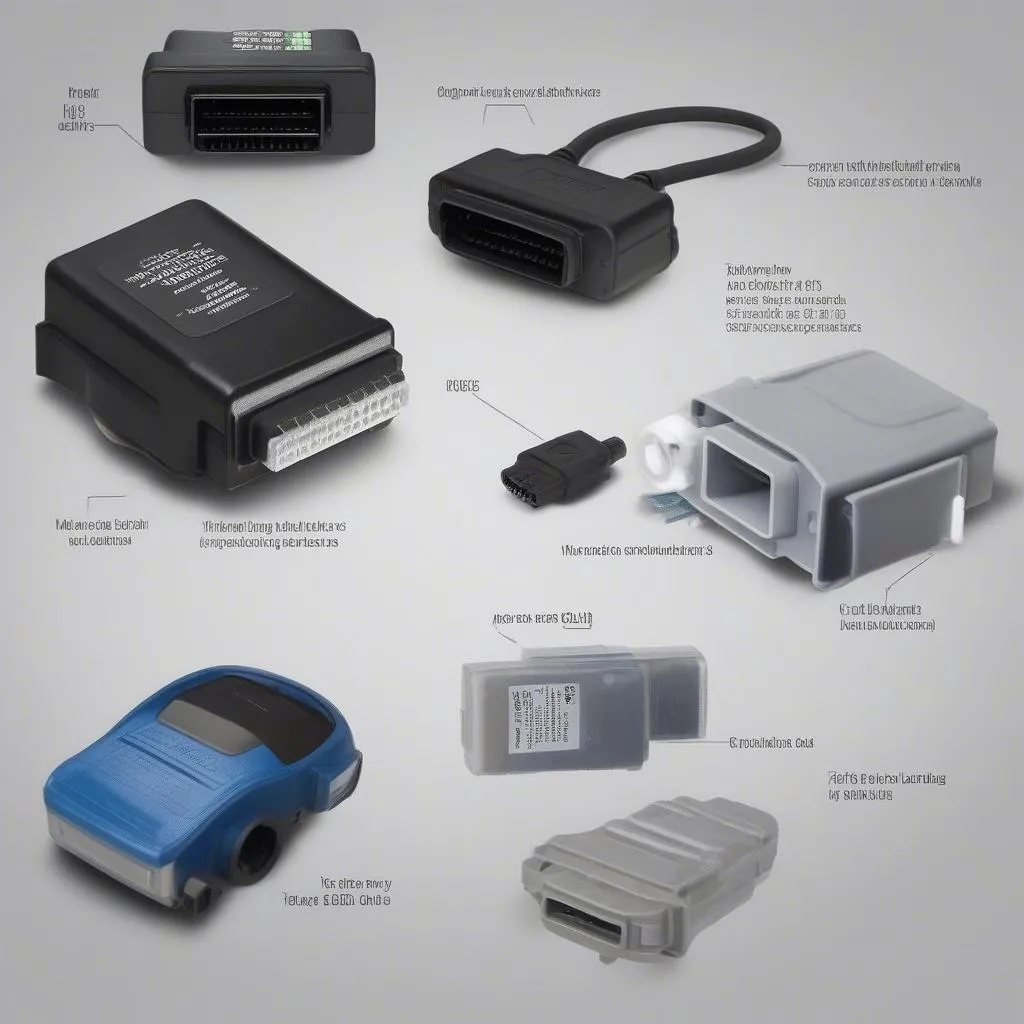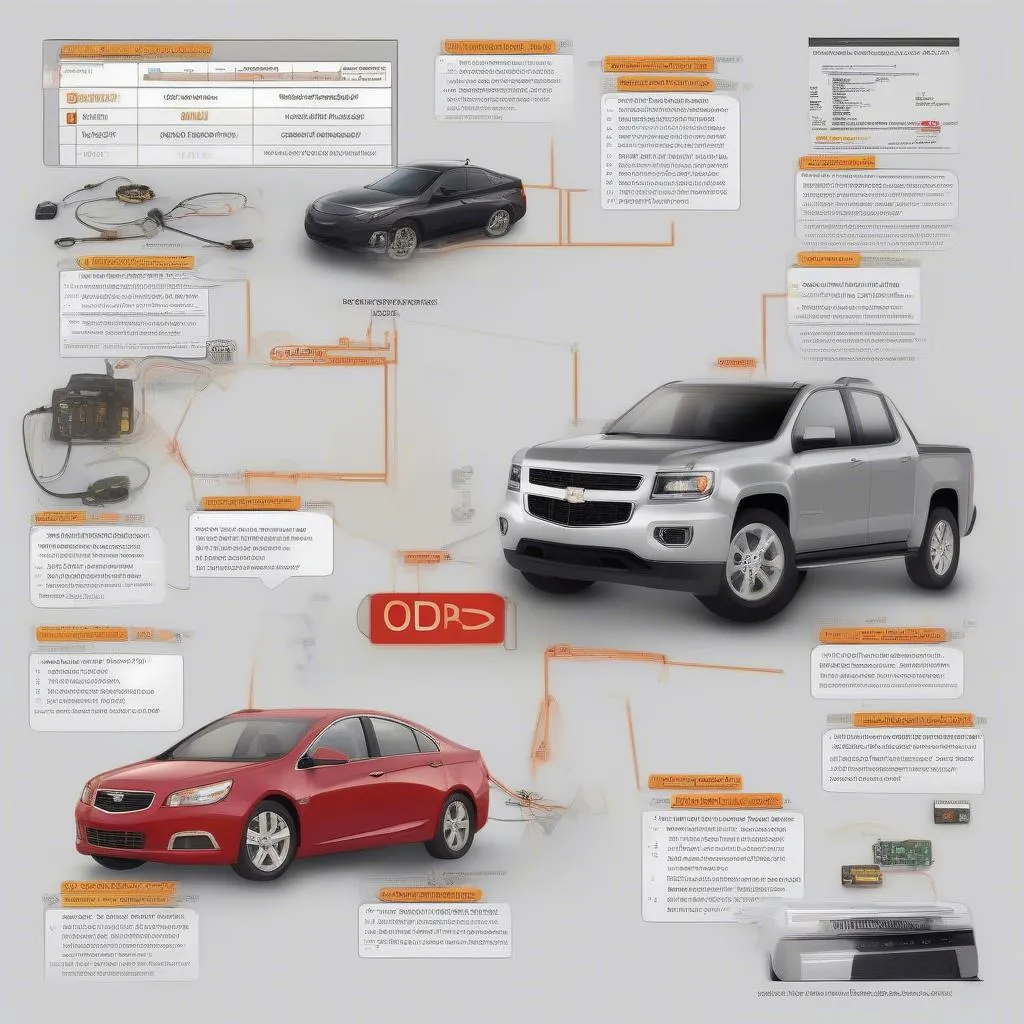Have you ever wondered about the inner workings of your GM vehicle and how its engine control module (ECM) plays a vital role in keeping everything running smoothly? This article will take you on a journey to understand the GM OBD I system and how to identify the ECM. Let’s dive into the intricacies of this fascinating system.
Understanding the Significance of Identifying the GM OBD I ECM
Identifying the ECM in a GM OBD I system is crucial for various reasons:
1. For Automotive Technicians
- Diagnostics: Technicians need to locate the ECM to access diagnostic codes and troubleshoot potential issues.
- Repairs: Identifying the ECM allows technicians to perform necessary repairs, such as replacing faulty sensors or components.
- Programming: Some ECMs require programming to synchronize with the vehicle’s specific configuration.
2. For Car Owners
- Understanding the System: Knowing where the ECM is located helps car owners understand how their vehicle’s engine operates.
- DIY Repairs: While not recommended for beginners, car owners with basic knowledge can attempt minor repairs related to the ECM with proper identification.
How to Identify the GM OBD I ECM
The ECM in GM OBD I systems is often located in a few common places:
1. Under the Hood
- Firewall: The ECM is commonly mounted on the firewall, near the engine.
- Passenger Compartment: On some models, the ECM might be located under the dashboard, near the passenger side.
- Driver’s Side: In certain GM vehicles, you’ll find the ECM on the driver’s side, behind the glove box.
2. Using Visual Cues
- Large Black Box: Look for a large black box with multiple connectors and wiring.
- Identifying Labels: Check for labels or markings on the ECM that indicate its purpose.
- Reference Manual: Consult your vehicle’s owner’s manual or a repair manual for specific instructions on locating the ECM.
Common Questions About Identifying GM OBD I ECMs
1. What are the differences between GM OBD I and OBD II systems?
 Difference between GM OBD I and OBD II systems
Difference between GM OBD I and OBD II systems
The GM OBD I system was introduced in the late 1980s, while OBD II became the standard in 1996. OBD II offers more comprehensive diagnostic capabilities, while OBD I focuses primarily on basic engine functions.
2. How can I determine if my GM vehicle uses OBD I or OBD II?
To determine if your GM vehicle uses OBD I or OBD II, check the year of manufacture. Vehicles made before 1996 typically use OBD I, while those manufactured from 1996 onwards utilize OBD II.
3. Can I use a generic OBD scanner for GM OBD I systems?
 Compatibility of generic OBD scanners with GM OBD I systems
Compatibility of generic OBD scanners with GM OBD I systems
Generic OBD scanners are compatible with OBD II systems, but they might not work with GM OBD I systems. You will need to use a scanner specifically designed for GM OBD I.
Need Help Diagnosing your GM Vehicle?
If you need assistance identifying the ECM or have questions about your GM vehicle’s electrical system, don’t hesitate to contact our team of experts! We offer 24/7 support via Whatsapp: +84767531508.
For more information about GM OBD I systems and related topics, check out our other articles:
- Diagnosing OBD Codes: Understanding the Language of Your Car
- How to Reset OBD Codes: A Step-by-Step Guide
- Global OBD II with Toolpak Cartridge for GM Tech2
Let us know if you have any more questions in the comments below!